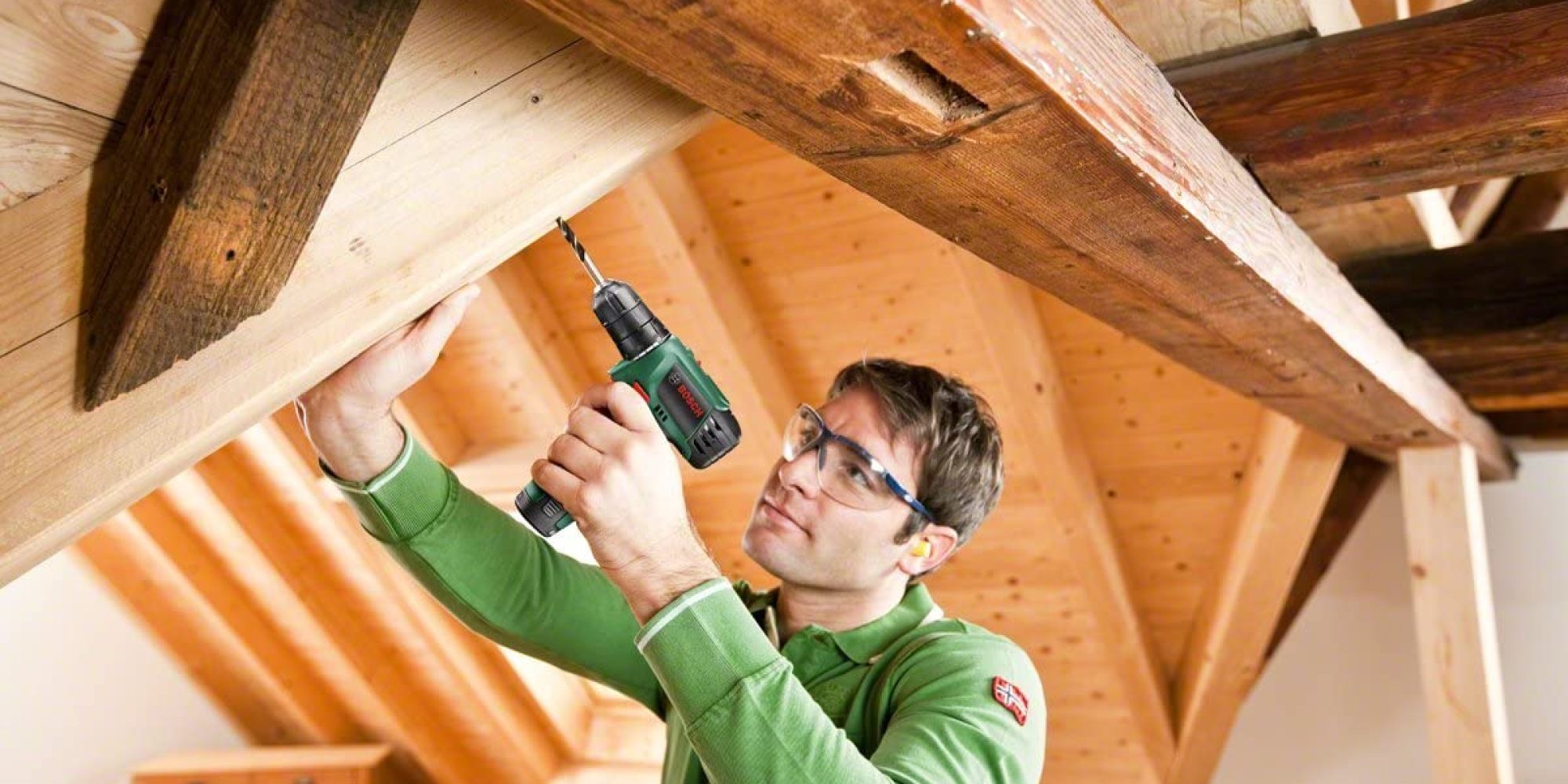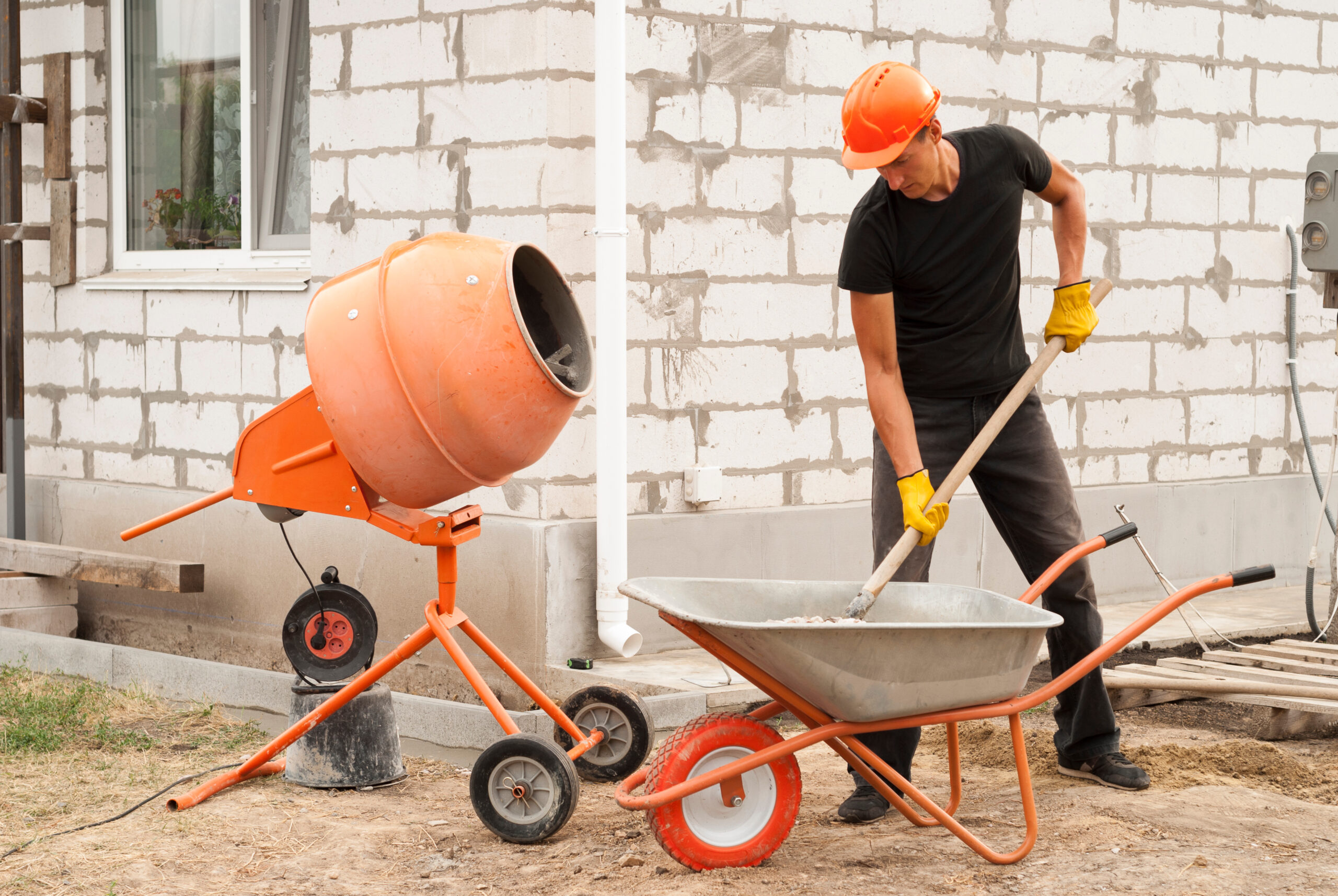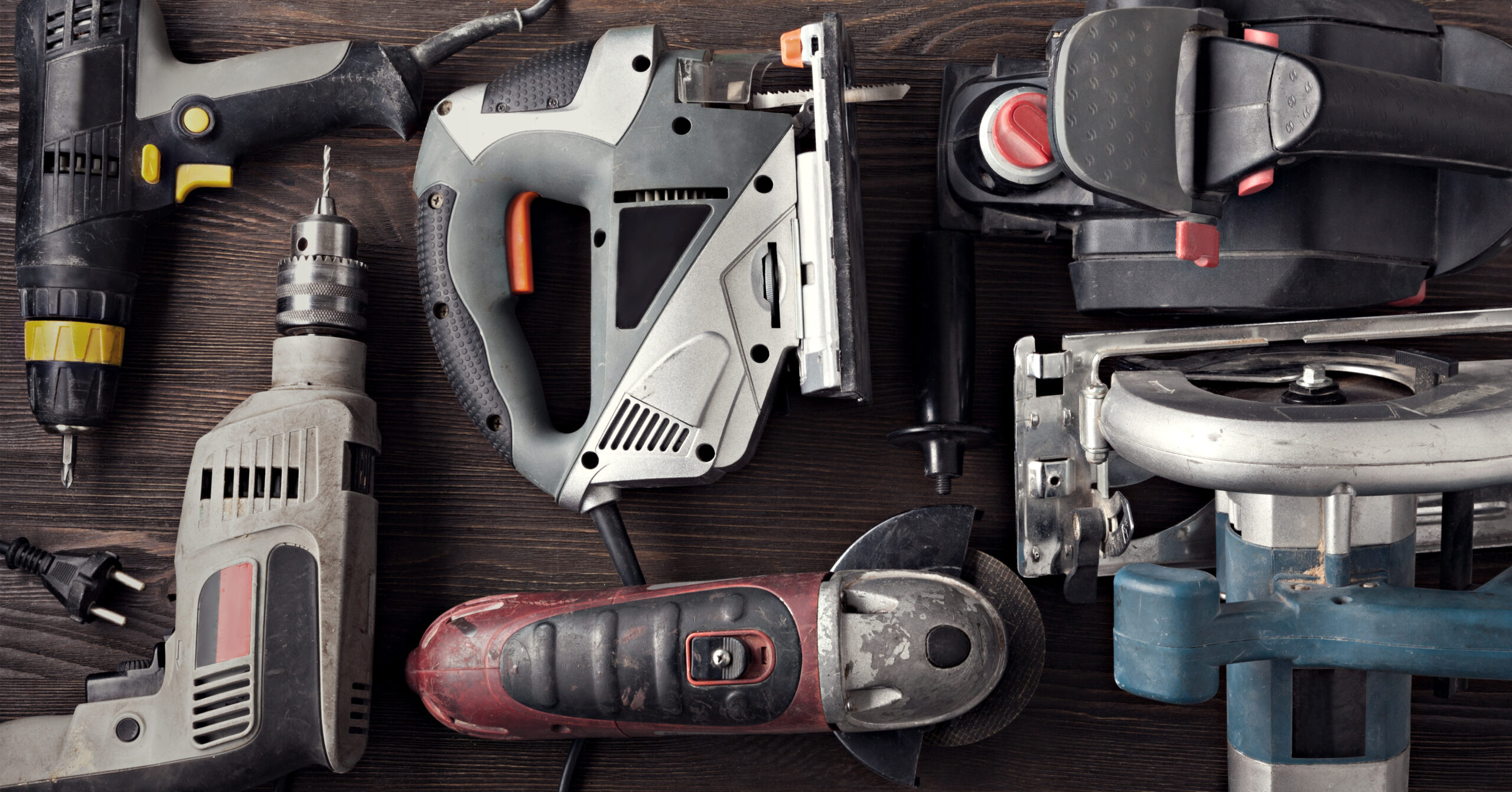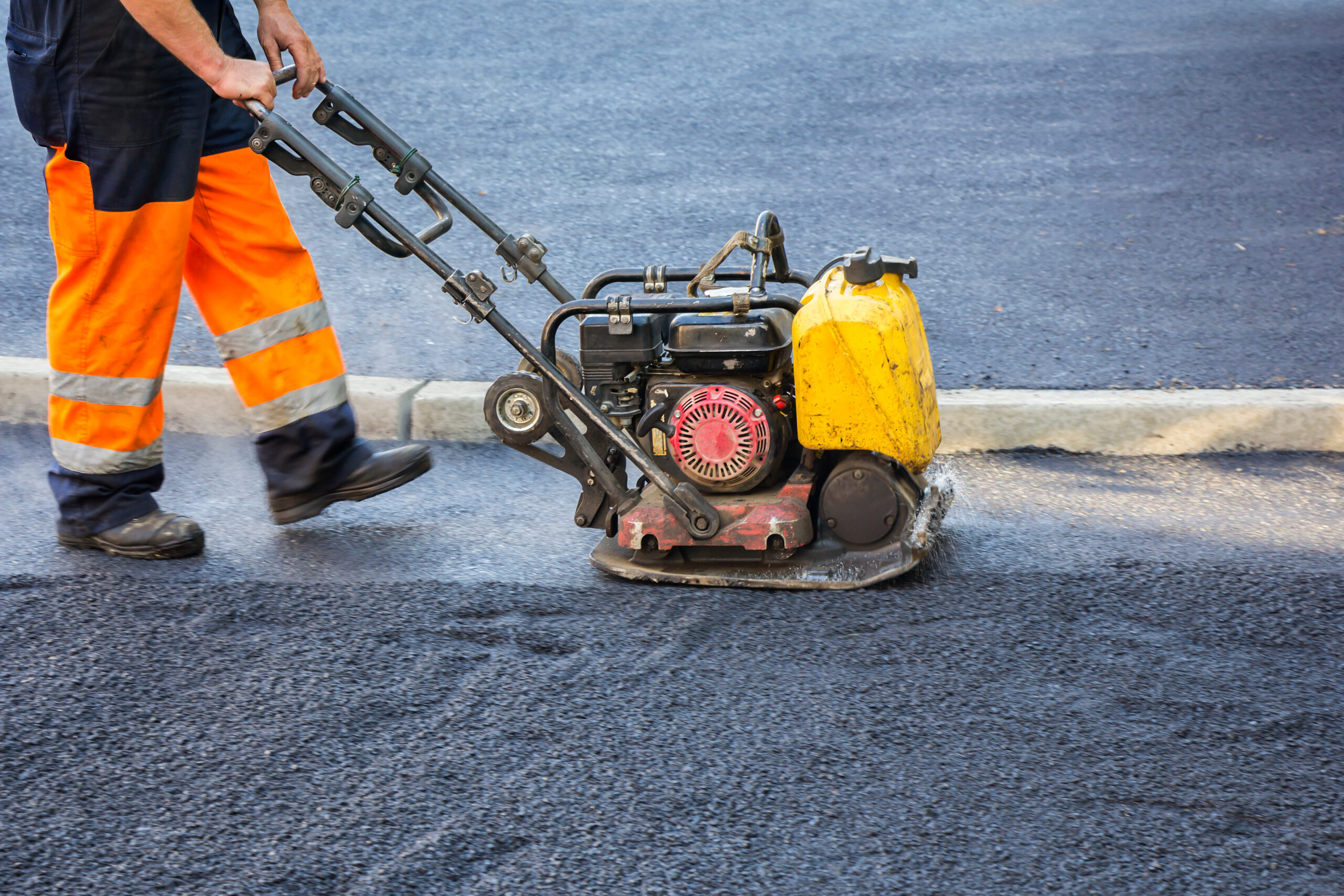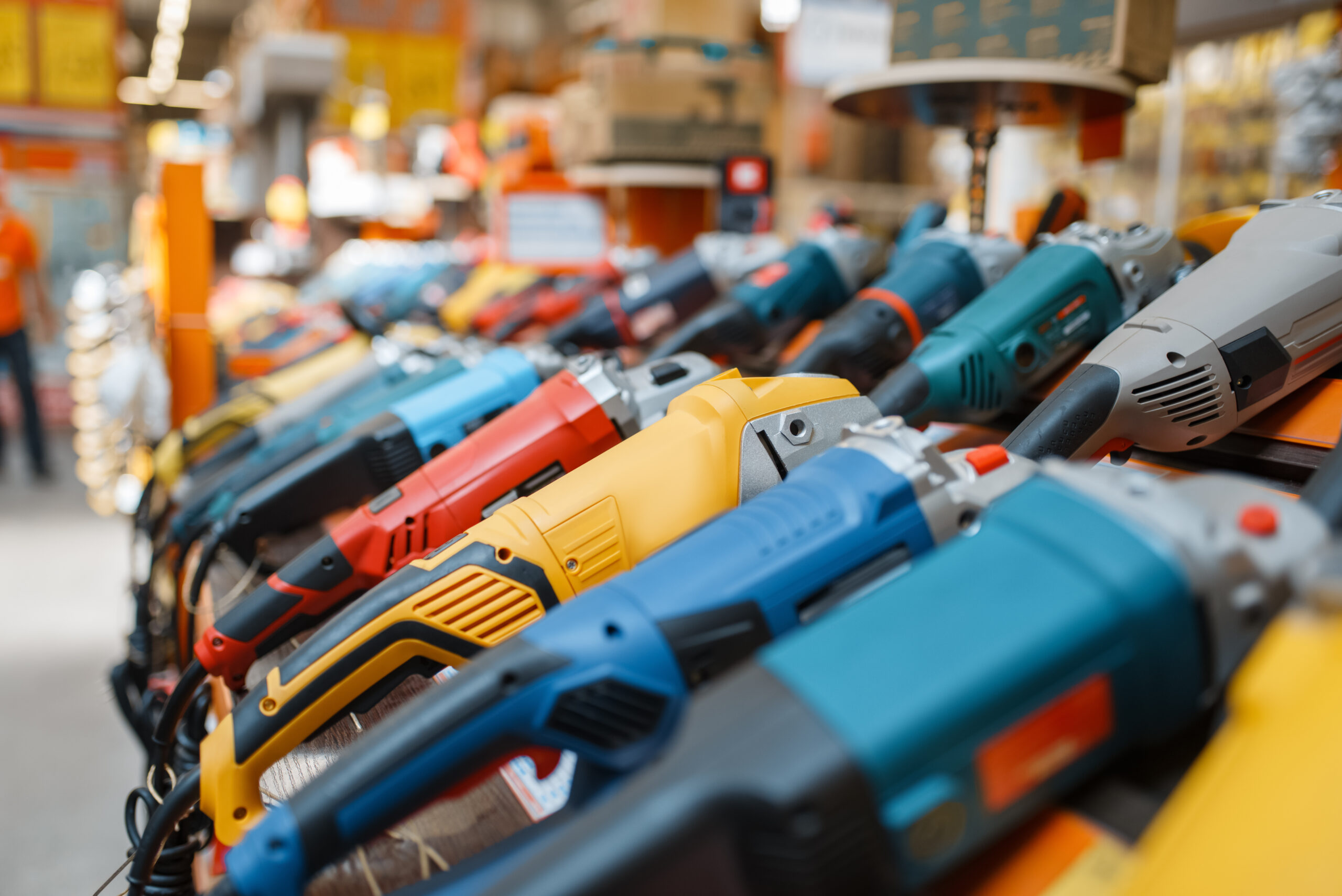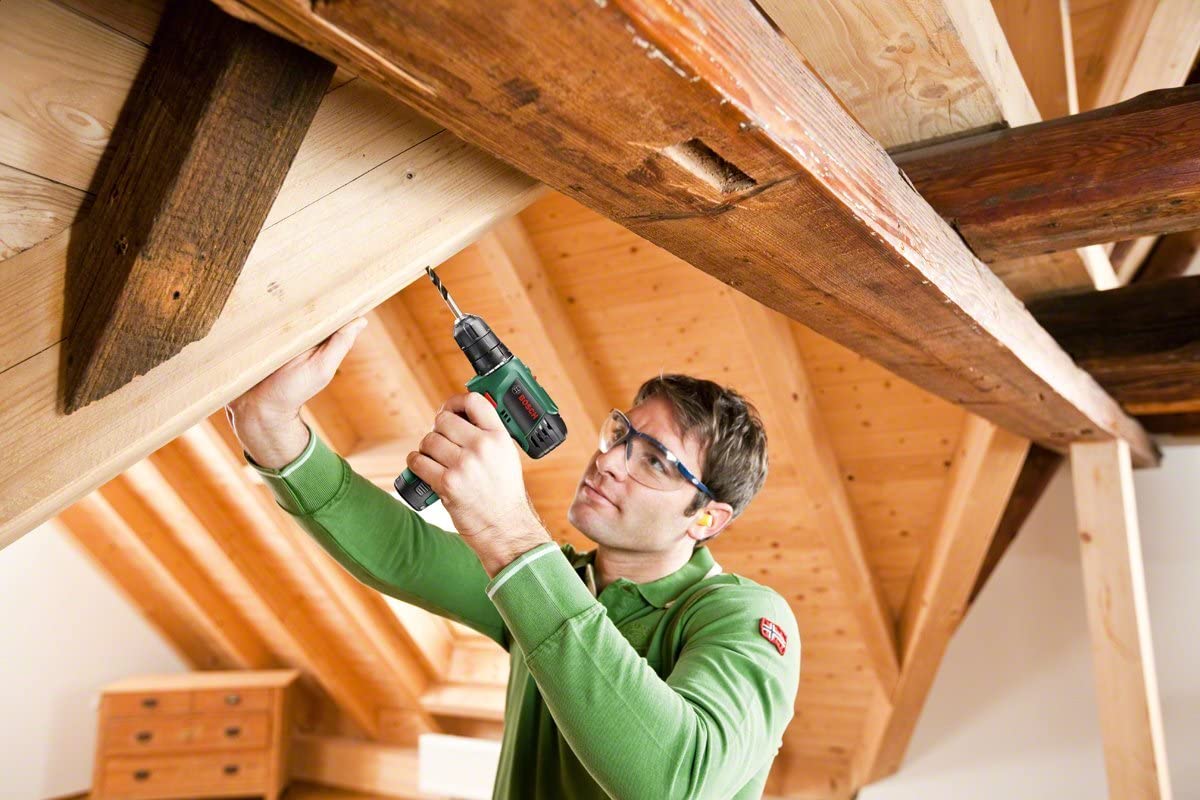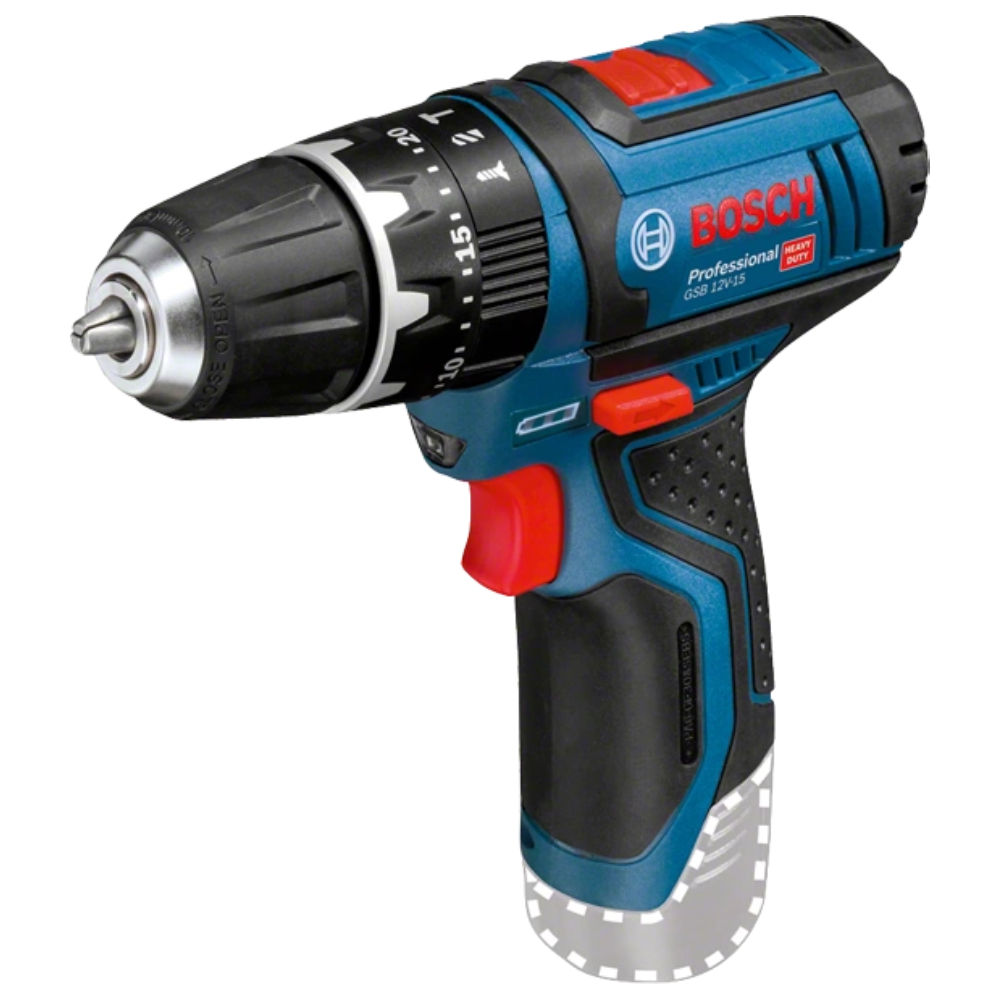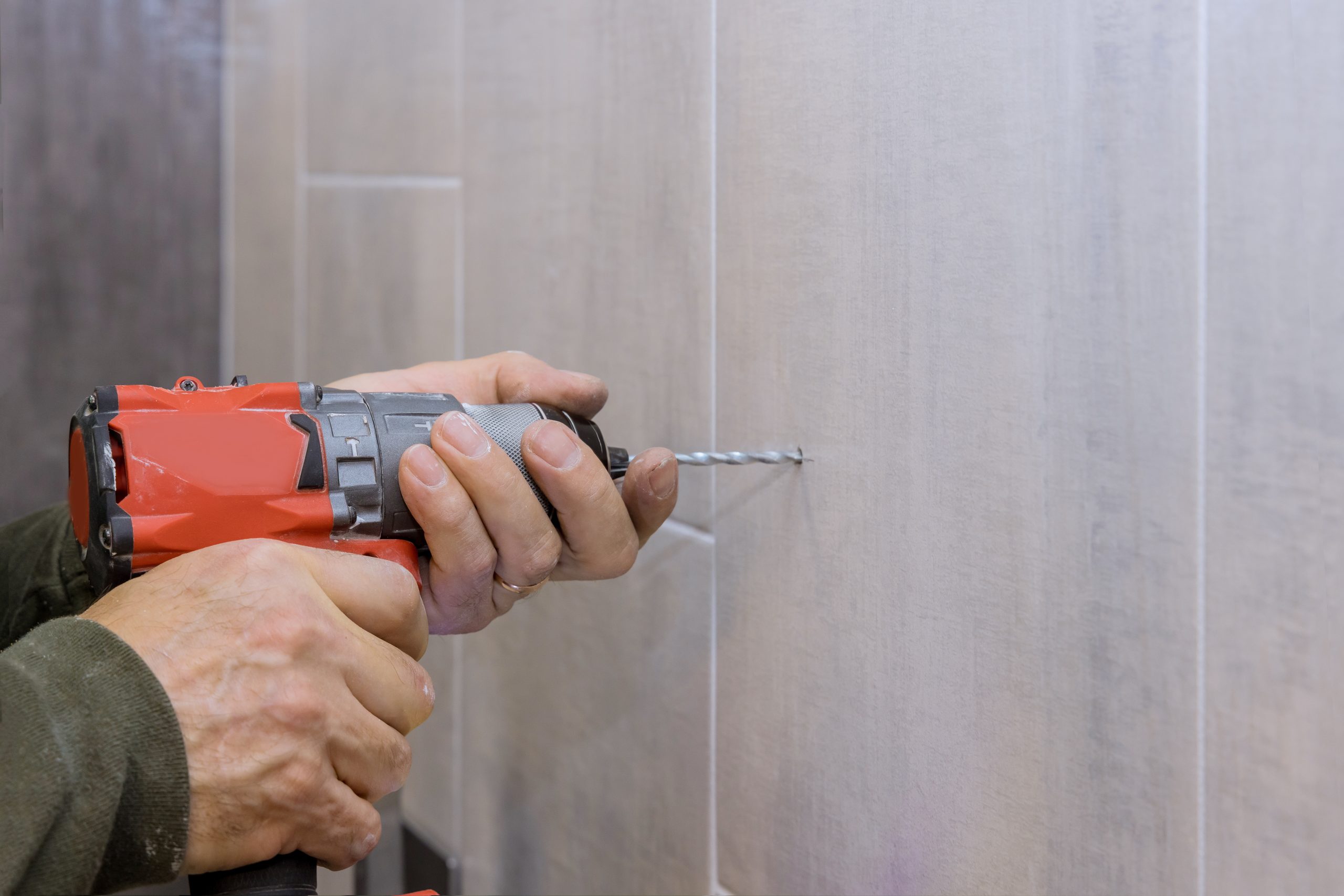
Power drills are versatile and essential tools that can help you tackle a wide range of projects around the home or job site. However, with so many types of drills available, it can be challenging to choose the right one for the job. In this essay, we will provide a guide on how to choose the right power drill for your needs.
Considerations When Choosing a Power Drill
Before choosing a power drill, there are several considerations you need to make. These include the purpose of the project, the material you will be drilling into, the type of hole you need to make, the power source, and any additional features you may require.
The purpose of the project is an essential consideration when choosing a power drill. If you are working on a simple DIY project, a basic cordless drill may suffice. However, for more demanding projects such as construction or carpentry work, you may need a more powerful drill.
The material you will be drilling into is also a critical factor to consider. Different materials require different drill bits and drills. For example, drilling into wood is different from drilling into metal or concrete.
The type of hole you need to make is also an important consideration. If you need to make large holes, a hammer drill may be necessary. For smaller holes, a cordless drill may suffice.
The power source is another consideration. Corded drills provide continuous power but require a power outlet, while cordless drills are portable but require charging. Additionally, some drills come with additional features such as LED lights or adjustable torque settings, which may be useful for certain projects.
Types of Power Drills
There are several types of power drills available, each with their unique features and capabilities. Some of the most common types of power drills include corded drills, cordless drills, hammer drills, impact drills, right-angle drills, and drill presses.
Corded Drills
Corded drills are powered by electricity and provide continuous power without the need for recharging. These drills are powerful and ideal for heavy-duty projects that require a lot of torque. However, they are less portable than cordless drills and require access to a power outlet.
Cordless Drills
Cordless drills are powered by rechargeable batteries and are portable, making them ideal for projects where access to a power outlet is limited. Cordless drills come in different sizes and power ratings, making them suitable for a wide range of projects. However, they have limited battery life and may not be as powerful as corded drills.
Hammer Drills
Hammer drills are designed for drilling into hard materials such as concrete and masonry. They have a hammering function that provides a percussive force that helps to break up the material as it drills. Hammer drills come in both corded and cordless versions.
Impact Drills
Impact drills are similar to hammer drills but are designed for driving screws and bolts into hard materials. They have a high torque and a rapid hammering function that helps to drive the fastener into the material quickly.
Right-Angle Drills
Right-angle drills are designed for drilling in tight spaces where a regular drill cannot fit. They have a compact, angled design that allows them to reach into confined spaces, making them ideal for plumbing and electrical work.
Drill Presses
Drill presses are stationary tools that are designed for precision drilling. They have a base, a column, and a drilling head that can be adjusted for height and angle. Drill presses are ideal for drilling holes in metal, wood, and other materials that require a high degree of accuracy.
Comparison of Different Power Drill Types
Each type of power drill has its pros and cons, and choosing the right one depends on your specific needs and requirements.
Corded drills provide continuous power and are ideal for heavy-duty projects that require a lot of torque. However, they are less portable and require access to a power outlet. Cordless drills are portable and ideal for projects where access to a power outlet is limited. However, they have limited battery life and may not be as powerful as corded drills.
Hammer drills are ideal for drilling into hard materials such as concrete and masonry, while impact drills are ideal for driving screws and bolts into hard materials. Right-angle drills are ideal for drilling in tight spaces where a regular drill cannot fit. Finally, drill presses are ideal for precision drilling but are stationary and not suitable for portable applications.
Conclusion
In conclusion, choosing the right power drill depends on several factors such as the purpose of the project, the material you will be drilling into, the type of hole you need to make, the power source, and any additional features you may require. There are several types of power drills available, each with their unique features and capabilities, including corded drills, cordless drills, hammer drills, impact drills, right-angle drills, and drill presses.
By considering these factors and understanding the different types of power drills available, you can choose the right tool for the job and ensure that your project is completed safely and efficiently. Remember to always read the manufacturer’s instructions and wear appropriate safety gear when using power drills, and never hesitate to seek professional advice if you are unsure about which tool to use for a particular project.

